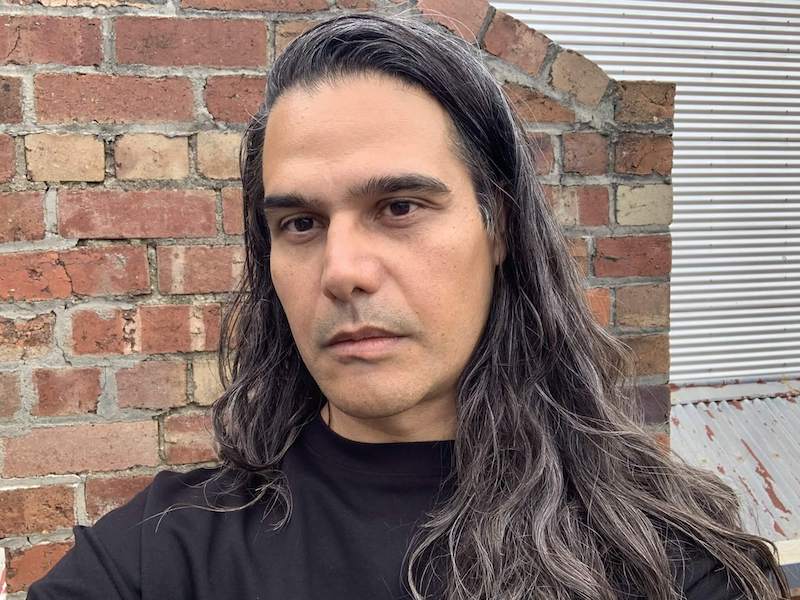What kind of party? What kind of campaign?
May’s federal election left the Greens with a big question: What does it actually take to win? Below, five campaigns offer five different answers.
The reflections map ongoing debates about how best to understand and approach electoral contests. How should a party committed to transformative change relate to electoral politics, community organising, and movement-building?
In their essay, Samantha Ratnam and Cat Nadel describe coming within 1.6% of winning Wills with one of the largest campaigns in Victorian Greens history, and achieving 26% swings in working-class multicultural suburbs through deep relationship-building and cultural respect. All this, to then watch Labor’s advertising power suppress the vote in the final weeks. Organised people can nearly beat organised money, but what resources and strategy will get us over the line?
Angelica Di Camillo and Luci Nicholson reflect on their involvement in the Macnamara campaign’s experiments with mutual-aid inspired community work, renters’ rights workshops, and public housing solidarity. With the final vote going backwards 4%, they grapple with some difficult questions: What does the gap between engagement and voting reveal? Was the community connection enough and what else does winning require?
Reframing the conversation, Sonya Semmens argues electoral campaigning must be reimagined as the work of rebuilding social infrastructure itself. The Greens’ task isn’t just to win votes, but to create the conditions where collective power becomes imaginable again, making electoral politics inseparable from the patient work of weaving communities back together.
Renters’ rights activist, Harry Millward, shifts our gaze beyond Parliament entirely, documenting how the Renters and Housing Union (RAHU) has mobilised against public housing demolitions through community pickets, direct action, and mass rallies that have physically stopped demolition work. RAHU’s work shows what building power outside electoral politics looks like.
In her essay, published shortly after the election, Huong Truong offers an expansive vision, describing eighteen months of showing up to mosques, temples, and community centres with red lentils, watermelons, and curiosity. The Fraser campaign achieved a 6% swing, not through “meaningful interactions” backed by databases, but by becoming embedded in community life. Huong argues that what matters is building the “mycelial network of activists”, proving that communities can solve problems together with the Greens present and willing.
While in his piece, Jonathan Sriranganathan tries to identify the underlying tension directly. The Greens, Jonno argues, are increasingly giving “establishment vibes”, undermining our ability to build and be part of grassroots power, while being painted as too extreme! Jonno blasts: “The party must find a new path now that’s more overtly and unapologetically anti-establishment, not just in terms of the policies we prioritise and the types of candidates we put forward, but in the effort we put towards talking about and practising systemic change”!
The movement vs machine tension is central to the Greens as a political project. But the question is how can the Greens be both a party that wins seats and a movement of movements that transforms communities? The upcoming state campaigns have in a way already begun, but what kind of campaigns should these be? We’re wrestling with different theories of change, different time horizons, and different understandings of what power is and how to build it.
A synthesis, if there is one, might be that “both/and” type thinking requires more clarity about what each approach demands and how these reinforce each other rather than simply coexist.
If you’d like to read more, check out our other pieces published on these questions by Janet Rice, Remah Naji, and Holstein Wong!
Also, our comments section has been firing since the May election! A forum is clearly needed for reflection and debate within and around the Greens – and GA is trying to do its part! So, jump in and contribute in the open, critical, and constructive spirit that defines the best of the left and environmental movements.
Take care,
Carlos Morreo
Editor, Green Agenda
Naarm/Melbourne
* * *
Dr Carlos Eduardo Morreo is a writer, scholar, and organiser living on Wurundjeri land in and is the current editor of Green Agenda. Previously he was the executive officer of the independent Institute of Postcolonial Studies, based in North Melbourne and for several years taught in the School of Politics and International Relations at the Australian National University in Canberra. Carlos co-edited Postdevelopment in Practice: Alternatives, Economies, Ontologies (Routledge 2019) with Elise Klein, and collaborates with several collectives and grassroots campaigns.
Feature image: Clearing Affinity by Charlie Cowins (2025) CC BY 2.0

